SHAKEN statistics for October 2021
We’ve collected SHAKEN statistics from our ClearIP customers from October 2021. This article reviews SHAKEN activity, participation, and robocall trends in the fourth month since the implementation mandate.
Signed robocalls by attestation level
SHAKEN was supposed to help prevent robocalls, yes? Well, it isn’t turning out that way.
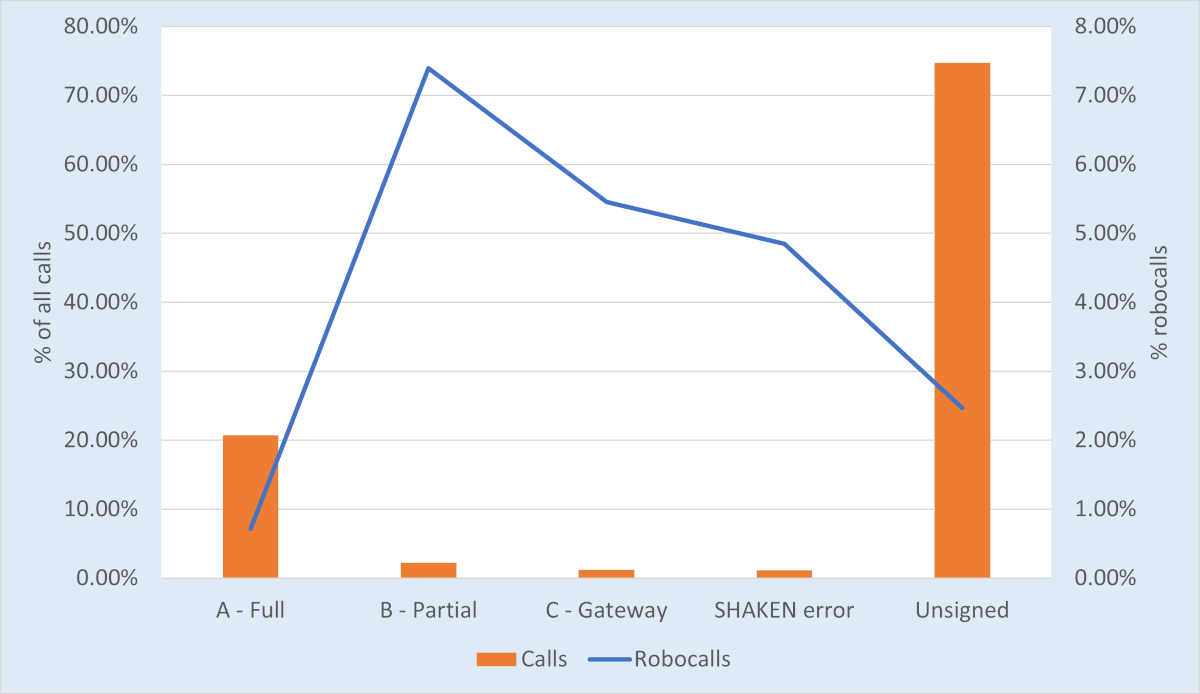
Figure 1. Calls and Robocalls by SHAKEN Verification Status — October 2021
Figure 1 shows calls and robocalls by SHAKEN attestation level or status. The orange bars are measured by the axis on the left, while the blue line, robocalls, is measured with the axis on the right.
In October 2021, 7.4% of calls signed with SHAKEN B - Partial attestation were identified as robocalls by call analytics. Not far behind, 5.46% of calls signed with SHAKEN C - Gateway attestation were identified as robocalls.
At the same time, 2.46% of unsigned calls were identified as robocalls.
Now, the orange bars show us that there were more unsigned calls than calls signed with SHAKEN partial and gateway attestation. Still, it’s remarkable that such a high percentage of robocalls were signed SHAKEN calls.
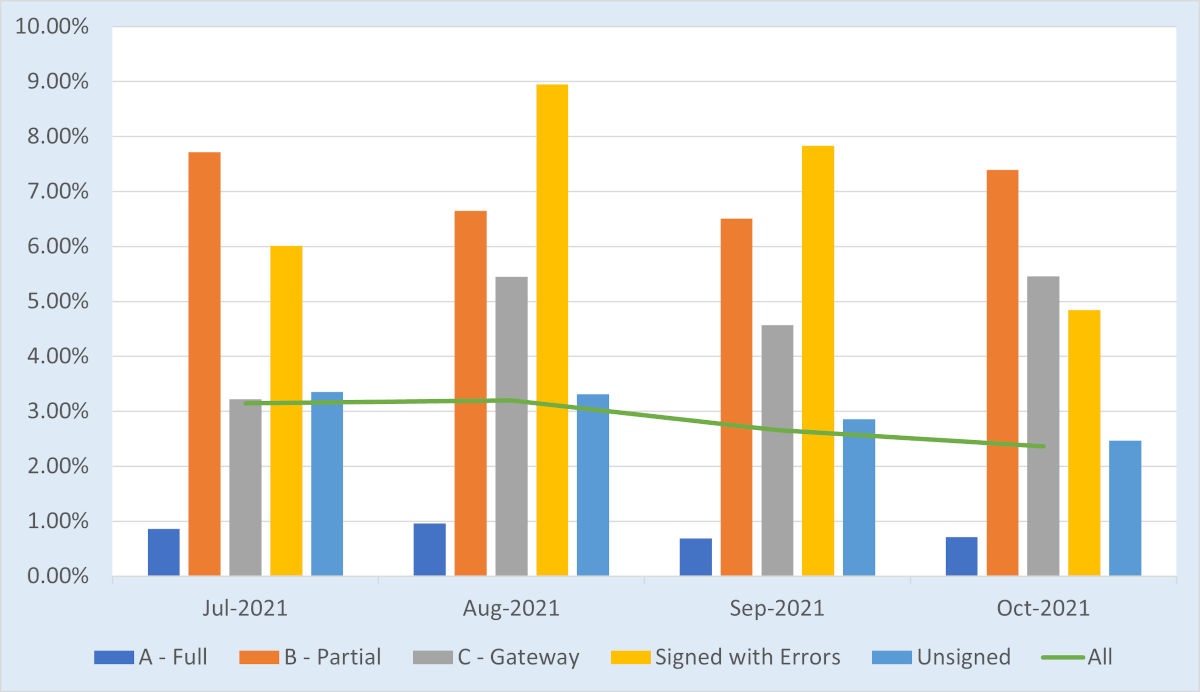
Figure 2. Robocalls by SHAKEN Verification Status – July–October 2021
Figure 2 shows us that this has been happening consistently during the first four months of the SHAKEN era. There’s a lot of information in this figure. We draw your attention to the orange bars, which represent the percentage of calls signed with partial attestation that were robocalls. Compare the orange bars to the medium blue bars, the last bar for each month, which shows robocalls as a percentage of unsigned calls each month. As you can see, calls signed with partial attestation are more than twice as likely to be robocalls than unsigned calls.
Robocallers have not been thwarted by SHAKEN. They’ve found a way to get their calls signed with B and C attestation.

Attestation level usage by provider type
At this point, you might be wondering if there are any patterns to be uncovered about attestation levels. Perhaps certain types of voice service providers are more likely to be signing robocalls with partial and gateway attestation levels? We wondered that too.
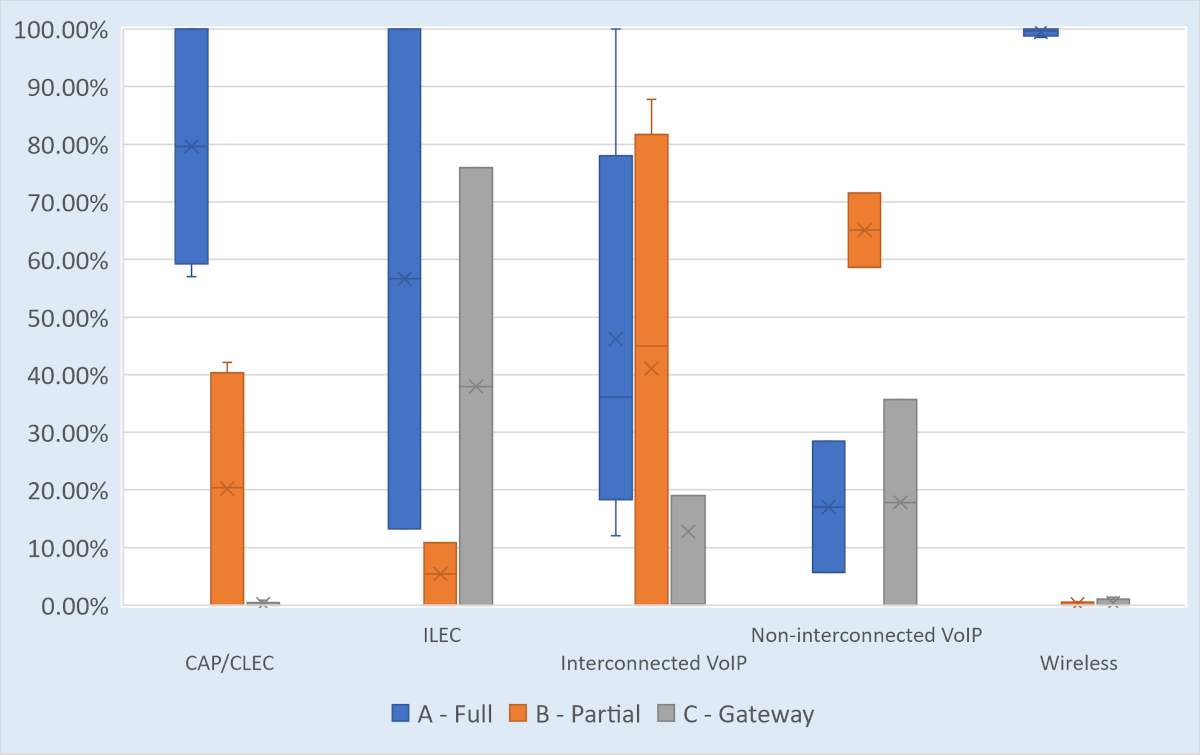
Figure 3: Attestation Ranges by Provider Type
Figure 3 shows the range of attestation levels used by provider type for the top 20 SHAKEN Originating Service Providers (OSPs) that sent signed calls to our ClearIP customers. The blue bars show the range of full attestations, the orange bars show the range of partial attestations, and the gray bars show the range of gateway attestations.
For example, among CAP/CLEC OSPs, the blue bar shows that some signed 57% of their calls with full attestation, while others signed 100% of their calls with full attestation. For CAP/CLEC OSPs, the median use of full attestation was 80%.
We’re especially interested in the orange bars. Which providers are signing calls with partial attestation?
We can see that some Interconnected VoIP OSPs are signing a high percentage of their calls with partial attestation—more than 80%. However, they aren’t all doing that. Other Interconnected VoIP OSPs aren’t signing any of their calls with partial attestation.
The next highest type of OSP issuing partial attestation is Non-interconnected VoIP OSPs. There’s a tighter range in this group, from 59% to 72%.
The point is this: we cannot say, for example, that “all VoIP providers” are handing out partial attestations. Some are—others are not. It isn’t fair, or accurate, to characterize an entire category of OSPs as signing many robocalls with partial attestation. We’ve found that there are a handful of downstream providers doing this for their upstream service provider customers.
Originating service providers signing calls
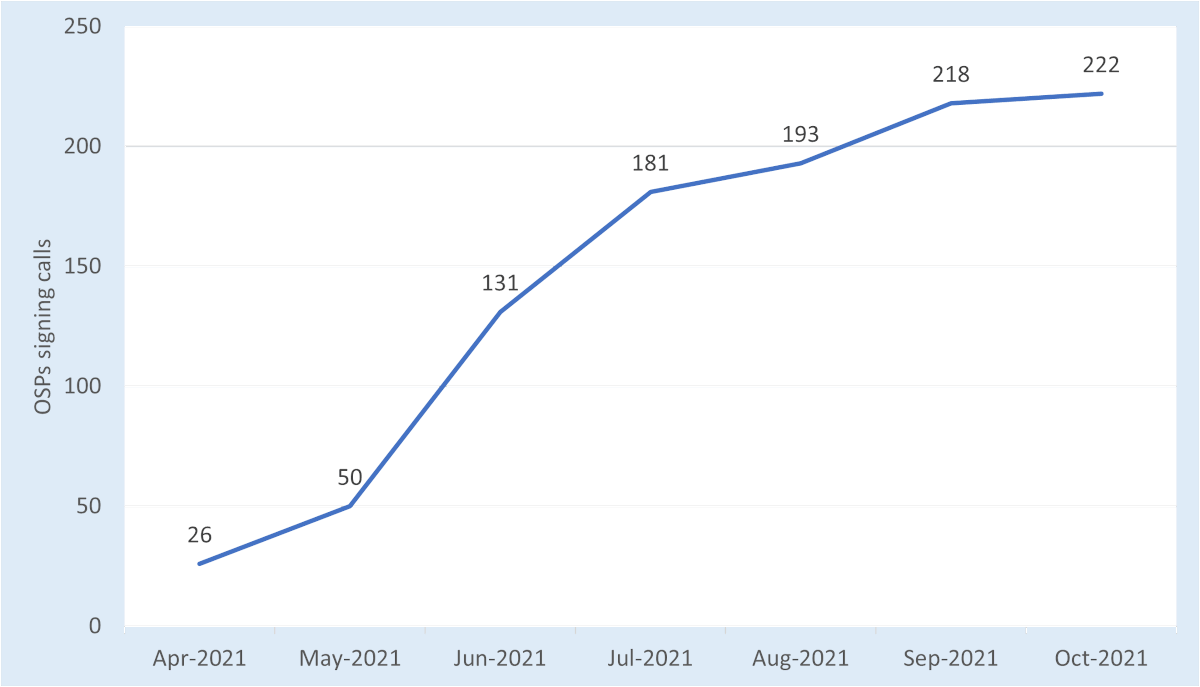
Figure 4. SHAKEN OSP Participation by Month
The number of SHAKEN OSPs sending signed calls to ClearIP users increased only slightly in October, just 1.8%. This seems to be settling to an equilibrium point.
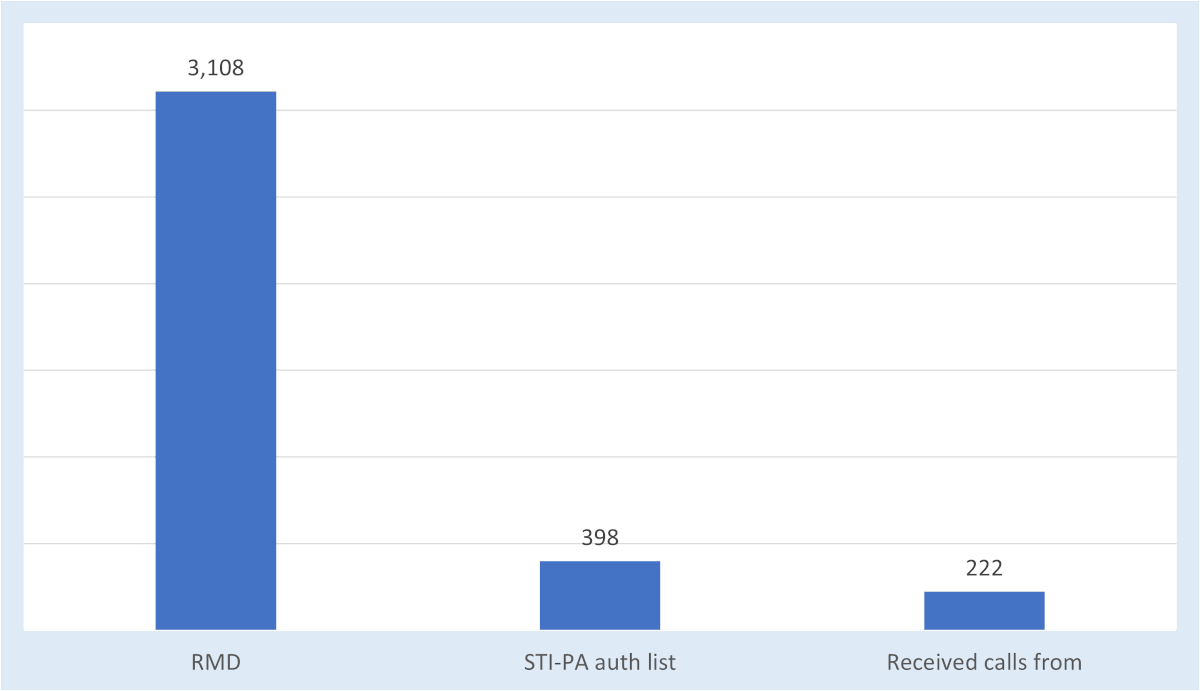
Figure 5. SHAKEN OSP Counts Differ
The disparity between SHAKEN implementations claimed in the Robocall Mitigation Database versus the number of SHAKEN authorized providers continues to grow. There are almost eight times as many providers that claim a SHAKEN implementation than are authorized to do SHAKEN.
Verification status and errors
The following table and chart show proportion of calls received that were signed, unsigned, and signed with errors.
| Verification status | April | May | June | July | August | September | October |
|---|---|---|---|---|---|---|---|
| No PASSporT | 97.15% | 93.62% | 90.58% | 83.47% | 75.81% | 74.89% | 74.75% |
| Successful | 2.83% | 6.20% | 8.95% | 15.57% | 23.17% | 24.16% | 24.11% |
| Errors | 0.02% | 0.18% | 0.48% | 0.96% | 1.02% | 0.96% | 1.14% |
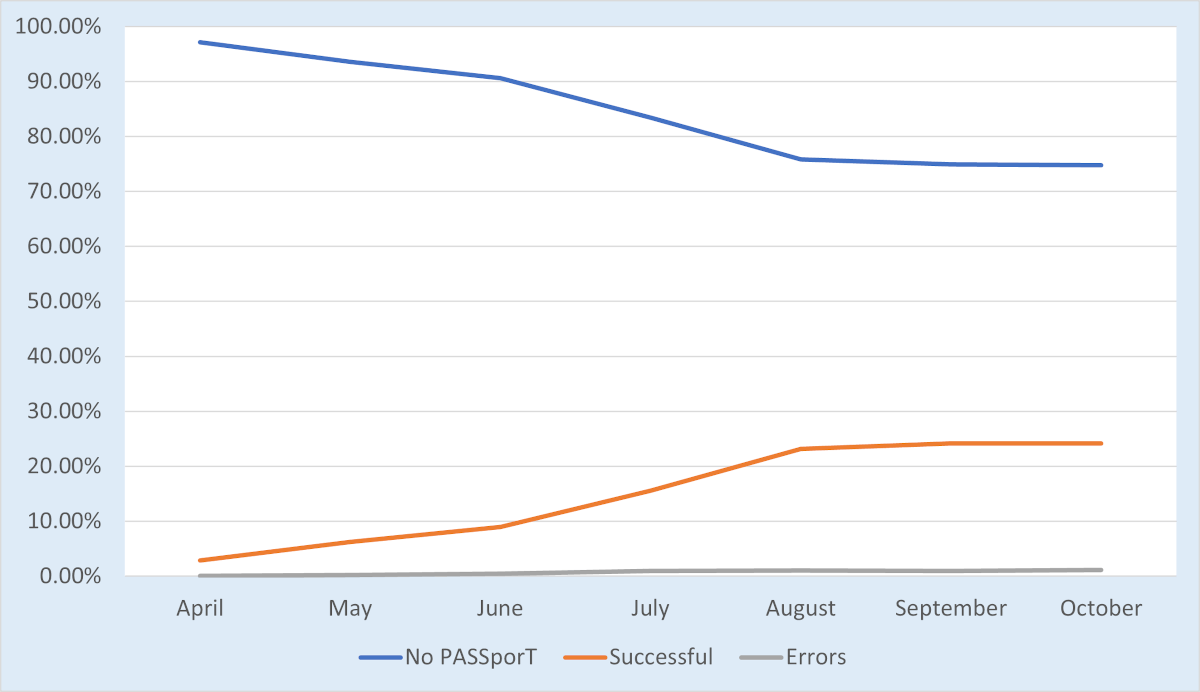
Figure 6. SHAKEN Verification Status Over Time
As with the number of SHAKEN OSPs, the percentage of signed calls seems to have reached an equilibrium point around 24%.
Our thoughts
Looking at this with a glass-is-half-full perspective, we can be pleased that there are at least 222 OSPs signing calls.
But the glass isn’t half full. It’s only 24% full, and the pour has slowed to a trickle.
On the glass-is-half-empty side, robocalls were up 3.3% in October. We seem to be stuck at 24% SHAKEN participation. The combination of SHAKEN and robocall mitigation is not currently effective.
What’s it going to take to fix this?
Perhaps we saw the opening rounds in the next phase of the war against illegal robocalls in late October when the FCC Enforcement Bureau issued cease-and-desist letters to three providers for originating or transiting illegal robocalls. That’s a start.
Clearly, the battle won’t be won until there is much larger participation in SHAKEN and OSPs are held accountable for inadequate efforts at robocall mitigation.
TransNexus solutions
We offer STIR/SHAKEN and robocall mitigation solutions in our ClearIP and NexOSS software platforms. We can make your STIR/SHAKEN deployment a smooth process.
We provide an STI-CPS, the TransNexus CPS, which is available to any SHAKEN-authorized service provider free of charge. It’s part of the national network of STI-CPSs. We can also provide a private STI-CPS, either hosted or on-premises, to service providers.
Contact us today to learn more.
Our STIR/SHAKEN products:
- Work with your existing network
- Support SIP and TDM
- Affordable, easy to deploy